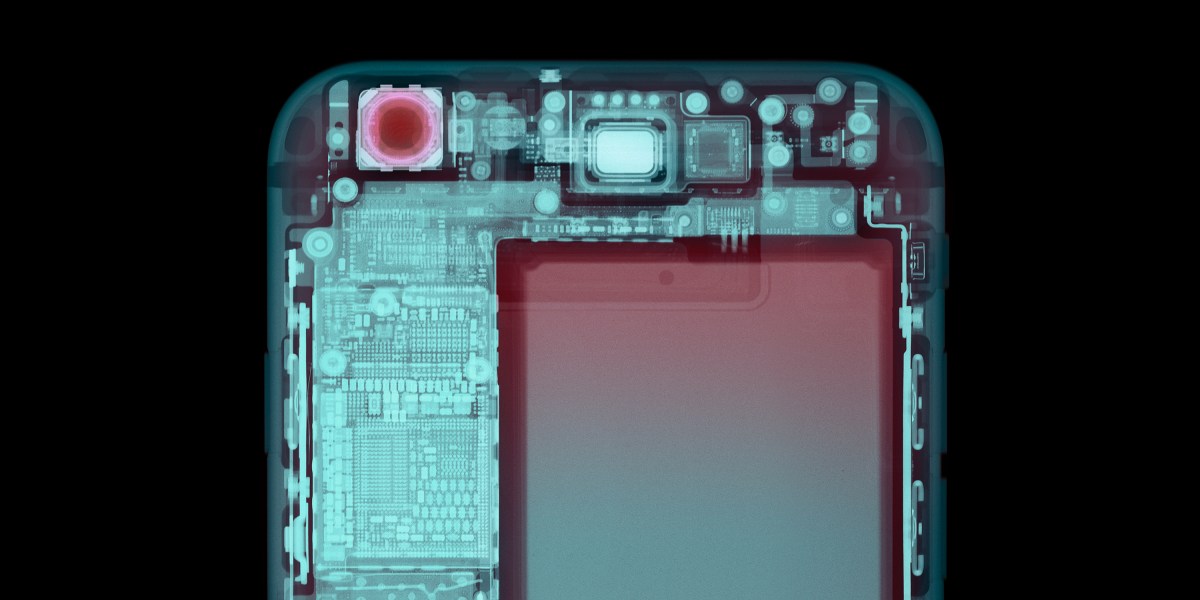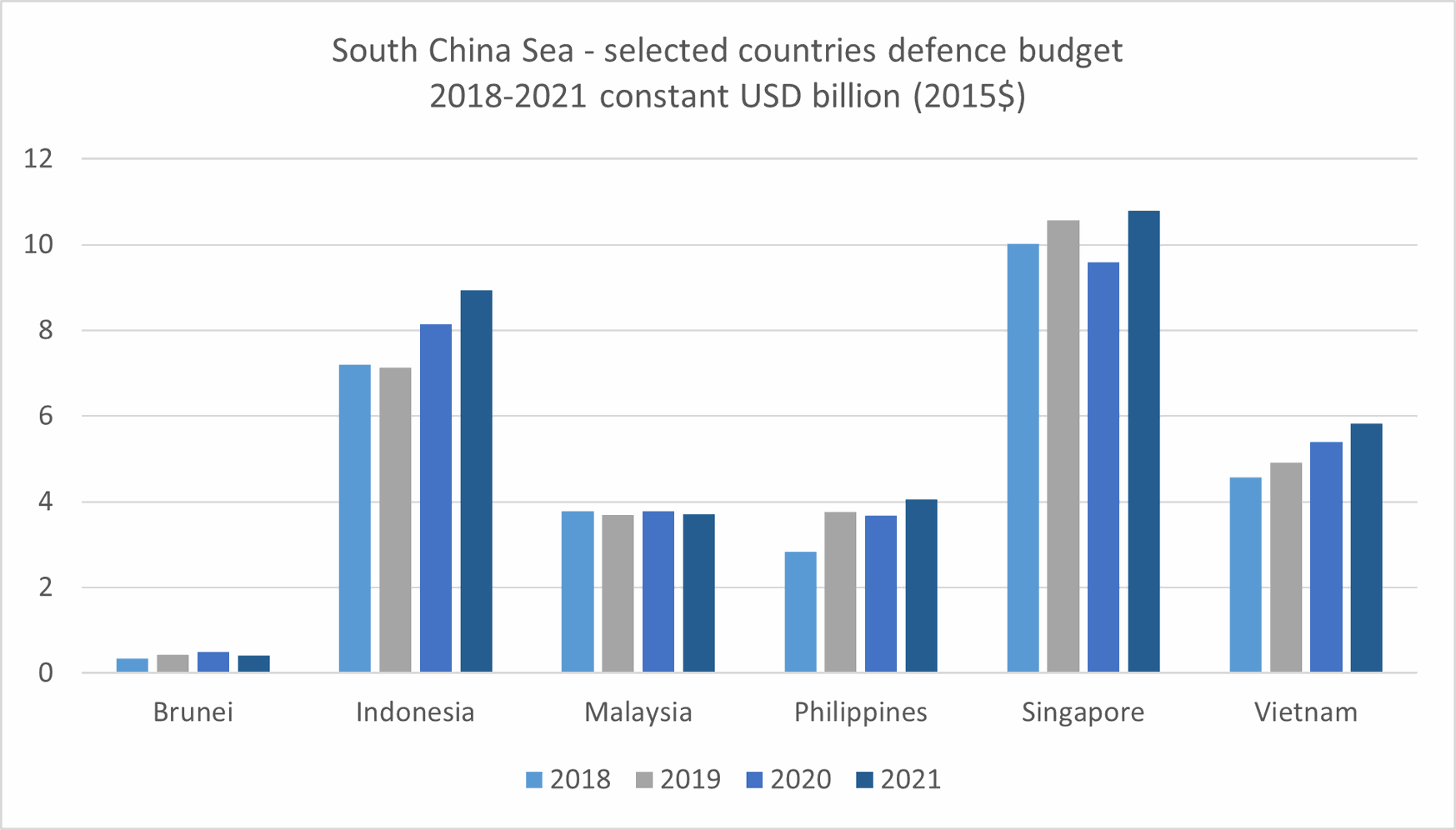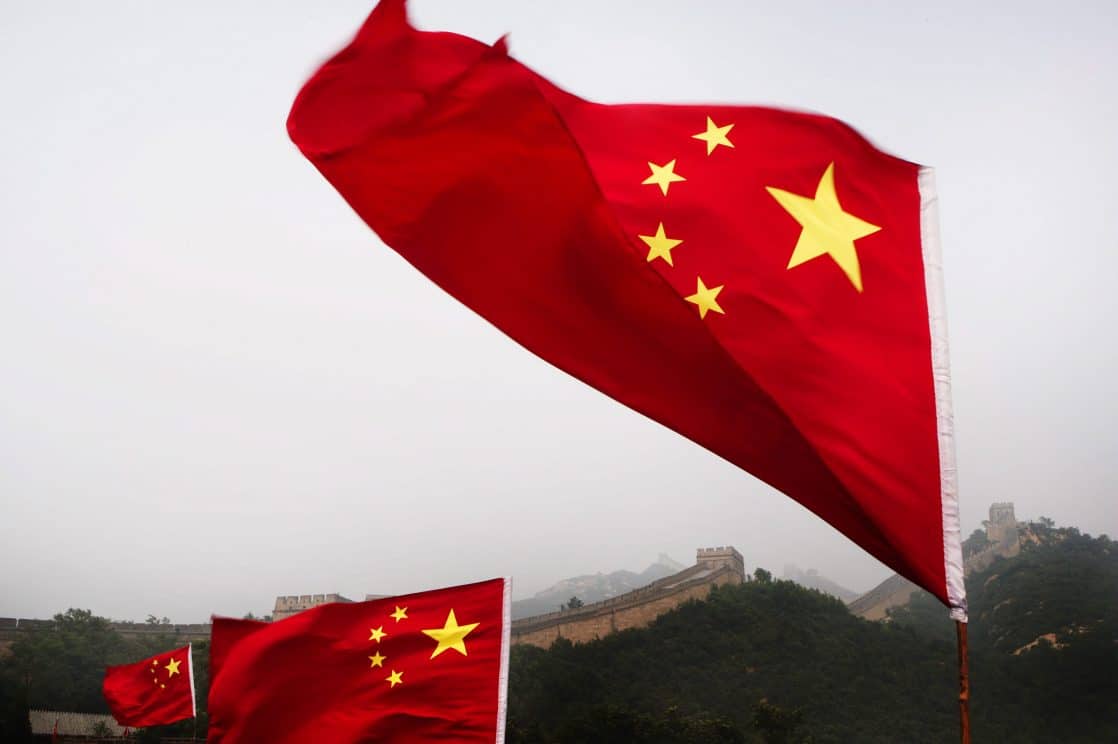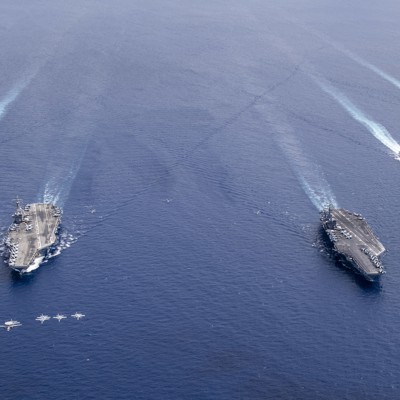1990 tekivät sopimuksen Neuvostoliiton kanssa 24 su27SK/UBK koneesta. Koneet toimitettiin 1992.
1995 tekivät sopimuksen teknologian siirrosta ja tuotannon pystytyksestä Kiinaan. Kone tunnetaan nimellä J-11.
Ei siis varsinaisesti mikään kopio.
J-11B
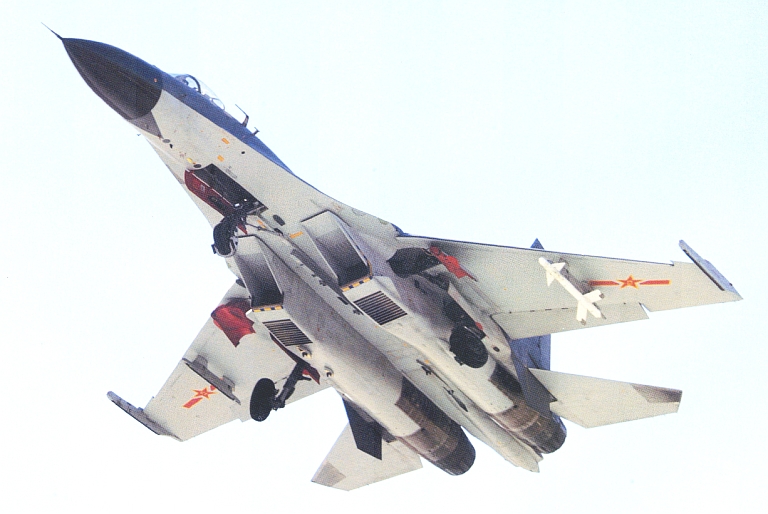
New build Shenyang J-11B Flanker B fighter. The missile under the wing is a Chinese clone of the Rafael Python 3 heatseeking missile. The J-11B aircraft are typically painted in different tactical camouflage to the J-11A, with a medium blue grey upper surface, light grey lower surface, black radome, while the half ellipse grey area on the nose is overpainted with uniform camouflage (Chinese internet images).
The controversial J-11B is an unauthorised derivative of the Sukhoi J-11A/Su-27SK, built by Shenyang in China. The aircraft has been the subject of an ongoing dispute between Beijing and Moscow which has caused the suspension of production of the second batch on indigenously manufactured legally licenced J-11A/Su-27SK.
The J-11B is not an exact clone of the Su-27SK, despite the commonly held view this is so. The airframe and engines can be considered to be 'cloned' but the systems are mostly unique to this variant.
Known differences include:
- A Chinese IRST set located in the centreline position as with the OLS-27 in early Su-27S.
- A planar array multimode radar which resembles the Phazotron Zhuk-27 series. It includes an IFF interrogator array.
- An Onboard Oxygen Generator System (OBOGS). Only the most recent Russian variants have an OBOGS.
- A unique glass cockpit design, with an asymmetric layout quite different from the Su-30MKK/MK2 and Su-27SMK.
- An optical MAWS system claimed to operate in the UV band.
- Dielectric panels on the stabilators not seen on any Russian variant.
Viimeksi muokattu:


